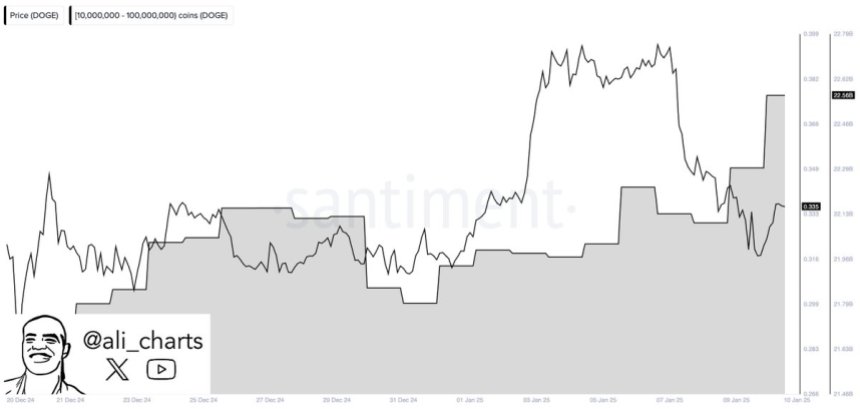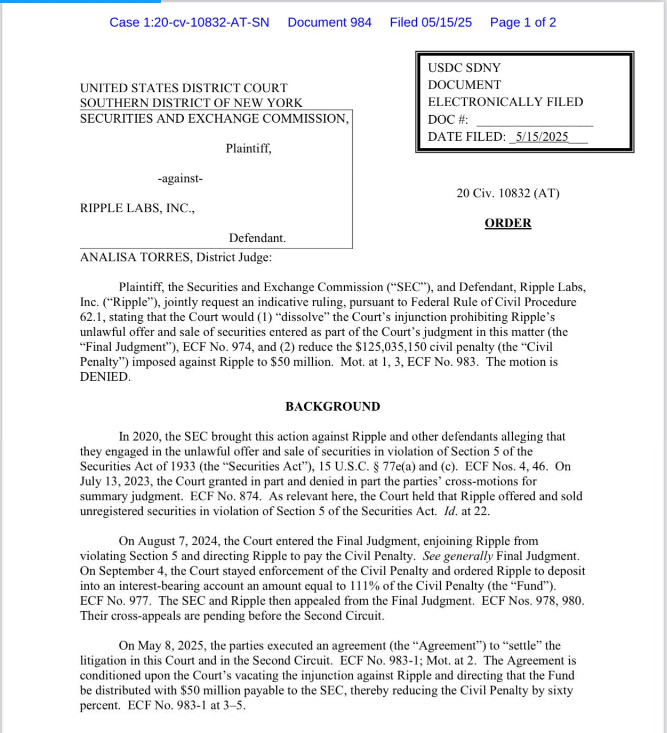
President Trump’s renewed trade war may be aimed at forcing tech manufacturing back to the United States, but the reality is unfolding thousands of miles away — in India.
Last week, the administration slapped a 145% tariff on Chinese-made goods, part of a sweeping strategy to pressure American tech companies to move their supply chains out of China. While devices like smartphones and laptops received temporary exemptions, Commerce Secretary Howard Lutnick confirmed that new tariffs on semiconductors and related tech hardware are still on the table.
But even with escalating costs for Chinese imports, tech giants aren’t stampeding back to American soil. Instead, they’re turning to India — a country that has quietly become the top alternative for high-volume electronics manufacturing.
India Gains Momentum as U.S. Pushes Tariff Pressure
Apple, which once relied almost exclusively on Chinese factories, has spent years expanding its footprint in India. The company now manufactures a growing share of iPhones there, and analysts expect that number to rise as the U.S.-China trade dispute intensifies.
Chris Rogers, head of supply chain research at S&P Global Market Intelligence, pointed out that Apple’s India shift wasn’t overnight. “It’s taken three years to get Indian production from planning to scale. Full supply chain integration will take at least two more,” he said.
For companies like Apple, India offers a middle ground: lower costs than the U.S., fewer geopolitical risks than China, and a government eager to support electronics manufacturing with subsidies and infrastructure.
Labor, Logistics, and Long-Term Strategy
While President Trump has pushed for U.S.-based production as a patriotic move, the challenges remain significant. Domestic assembly requires tens of thousands of trained workers, many of whom would need to take on repetitive, physically demanding tasks. Even with automation, the scale of labor needed simply doesn’t exist in the U.S. right now.
And while some firms — including Nvidia, Apple, and TSMC — have announced multi-billion-dollar investments in American infrastructure, much of that spending was already in motion. Analysts say these projects are not evidence of a large-scale return to U.S. manufacturing, but rather a diversification strategy with India and Mexico playing larger roles.
India’s Edge: Speed, Scale, and Incentives
India has made itself more attractive by streamlining regulations, offering production-linked incentives, and helping firms secure land and labor quickly. Companies like Foxconn and Wistron — Apple’s key partners — have already established major operations in southern India, producing iPhones and other components at increasing volumes.
The Indian government has also worked closely with global chipmakers to develop semiconductor capabilities. Though still behind Taiwan or South Korea, India is positioning itself as a serious player in the next phase of tech manufacturing.
Why the U.S. Isn’t the Default Choice
According to Morgan Stanley’s Erik Woodring, large-scale tech hardware production is unlikely to shift to the U.S. any time soon. “The cost of building and operating massive factories in the U.S. is still too high. Labor, logistics, and regulatory hurdles make it difficult to scale,” he said.
He also noted that tariff exemptions on finished goods weaken the incentive to manufacture domestically. “We saw the same thing during Trump’s first term. The rhetoric was strong, but the numbers didn’t support a return to U.S. manufacturing in any meaningful way,” he added.
Cost Pressures May Hit U.S. Consumers
If tariffs continue and production remains overseas, U.S. consumers could face higher prices. Devices like smartphones, laptops, and tablets may become more expensive as companies look to offset the increased costs of compliance and logistics.
India’s role in easing that pressure is now more critical than ever. By keeping production efficient and relatively affordable, India helps prevent a sharp jump in prices — at least in the short term.
India, Not America, Is the Future of Tech Manufacturing
Despite bold policy moves and heavy tariffs, the Trump administration is unlikely to reverse the global manufacturing map in just a few years. Tech giants are betting on India — not the U.S. — to take on a larger role in their supply chains.
The strategy is clear: avoid tariffs, reduce dependency on China, and expand in regions that offer scale without political headaches. For now, India checks all those boxes — and it’s becoming the new frontline in the global tech manufacturing shift.
Also Read: Nvidia to Invest $500 Billion in U.S. AI Infrastructure with TSMC Partnership




